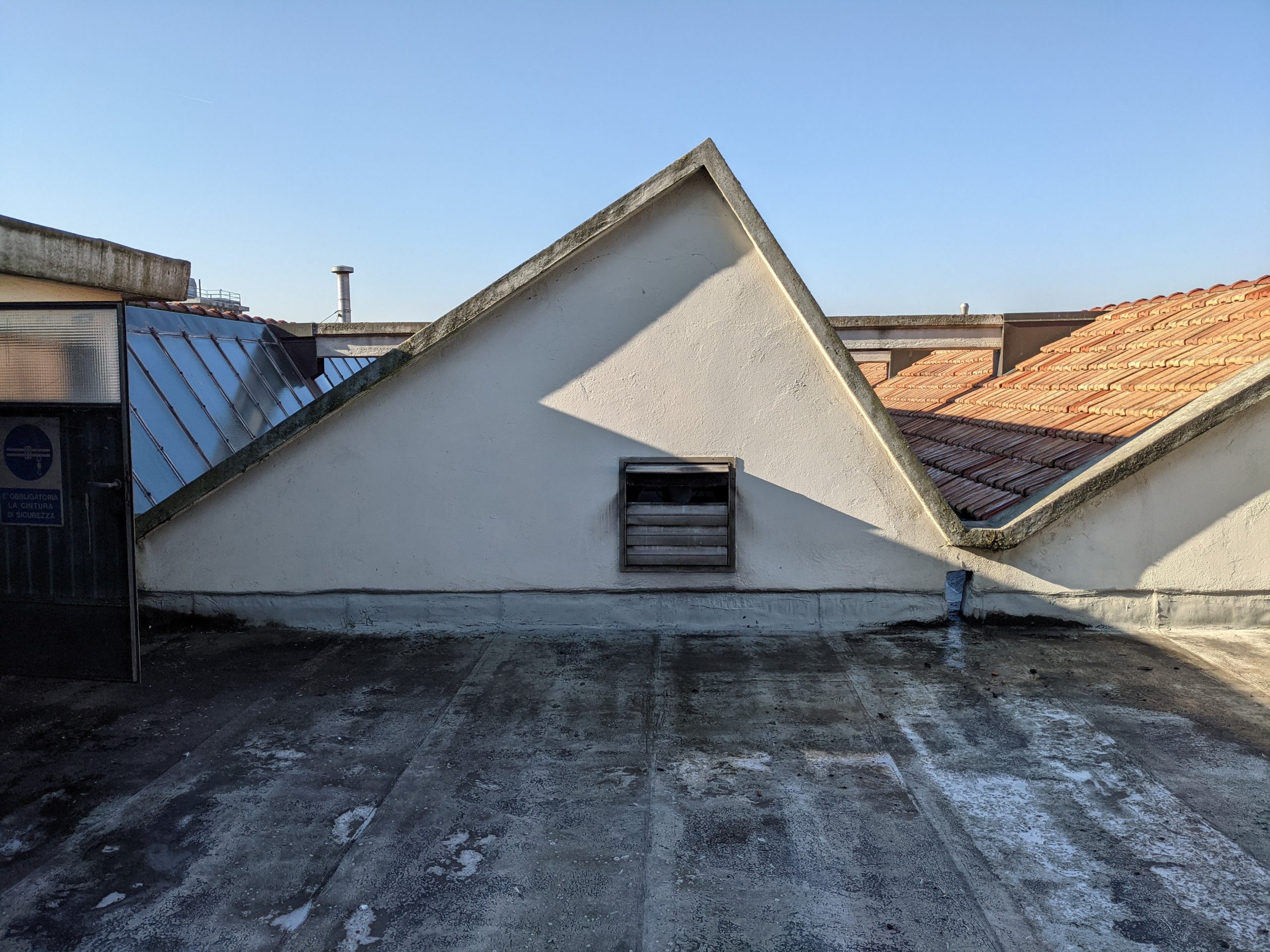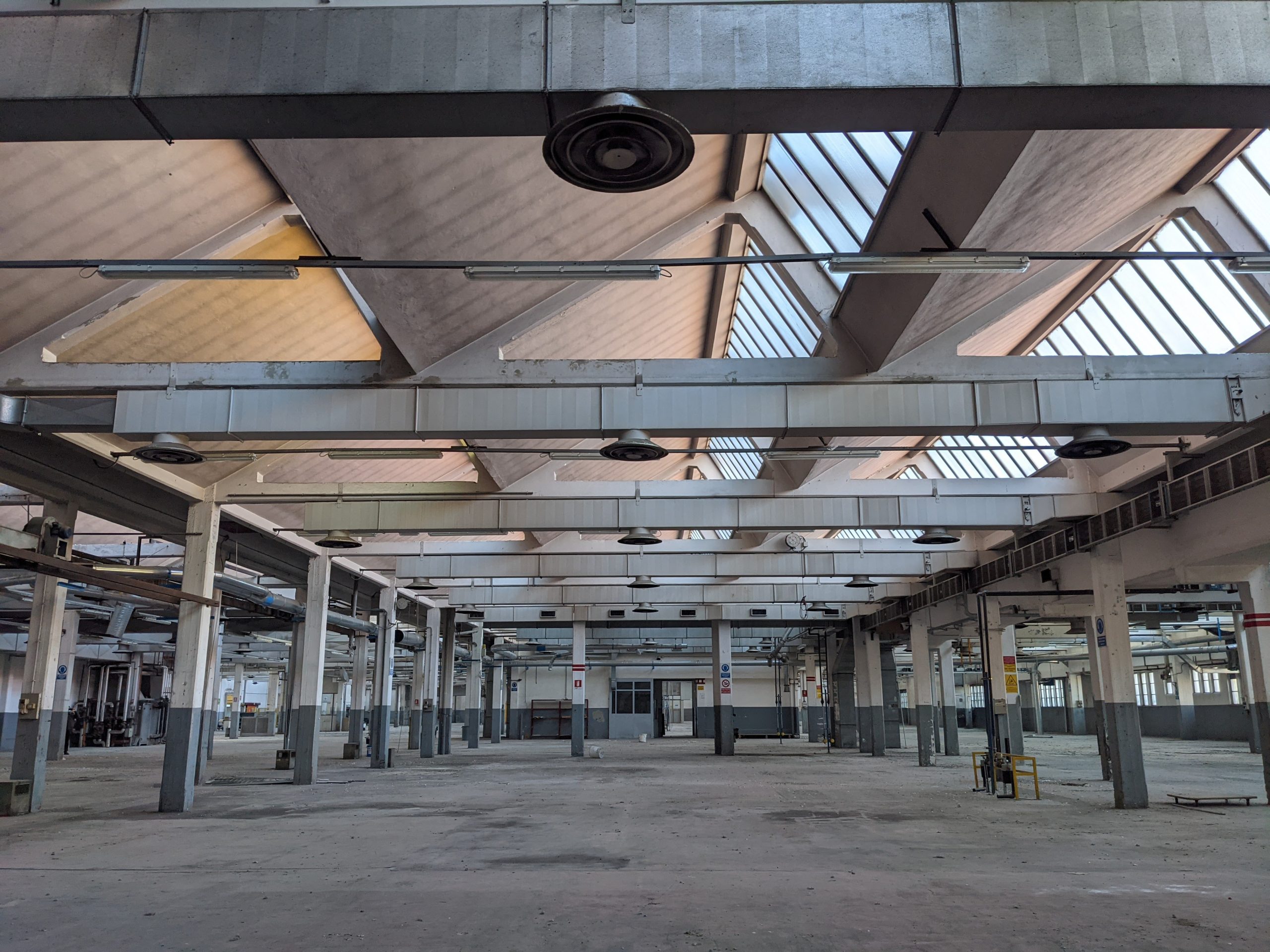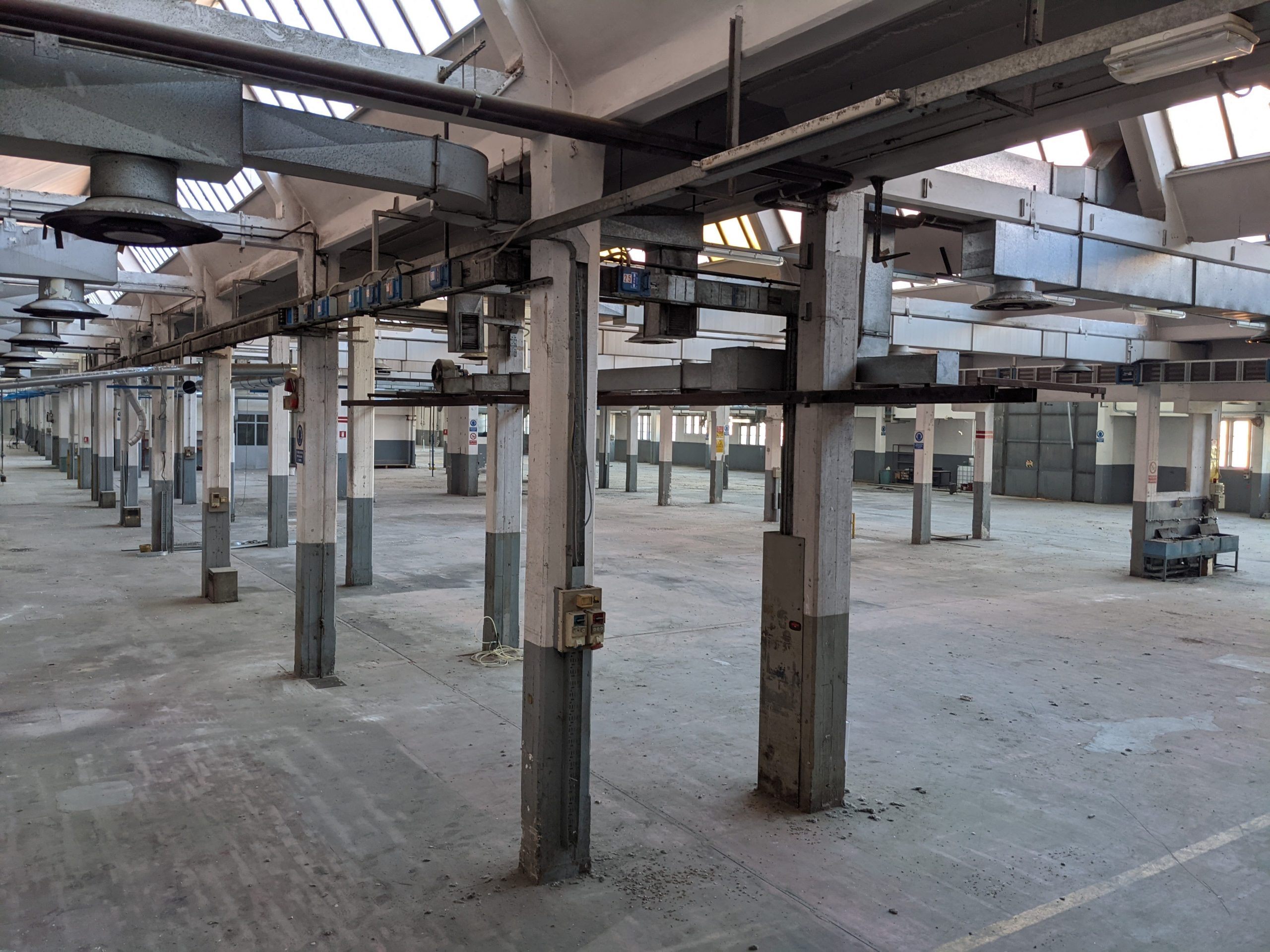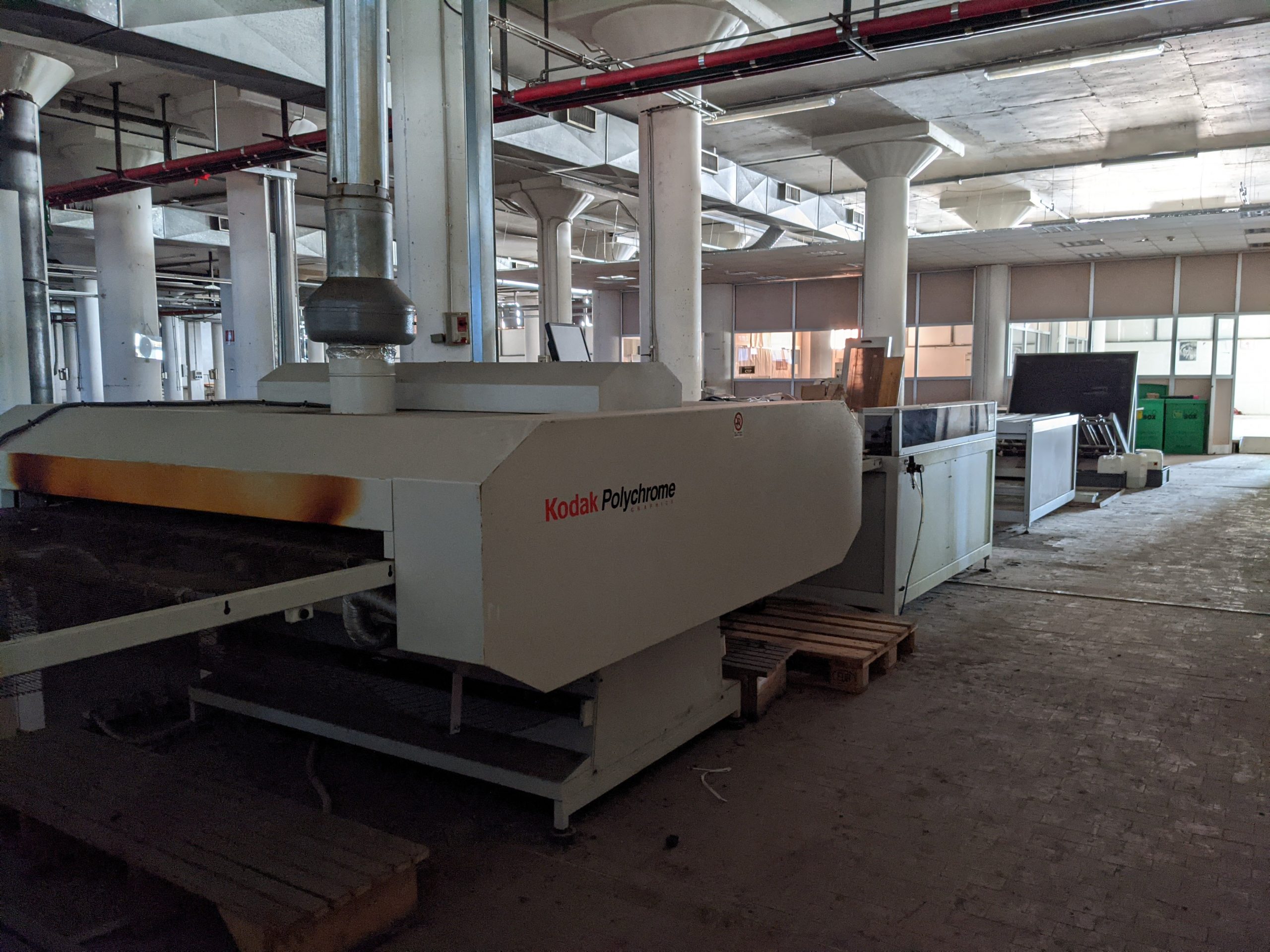Progetto
ADA Ex-Officine De Agostini
Luogo
Novara, Italy
Anno
2015-Current
Cliente
Immobiliare O.G. s.r.l. De Agostini s.p.a.
Formato
Destinazione d'uso
Commercial, Culture, Residential
Categoria
Tipologia
New Construction, redevelopment, renovation, Urban development
Servizi
Architecture, BIM, Feasibility Study, Final Design, Project Coordination, Real estate Consulting, Strategy, Urban Redevelopment
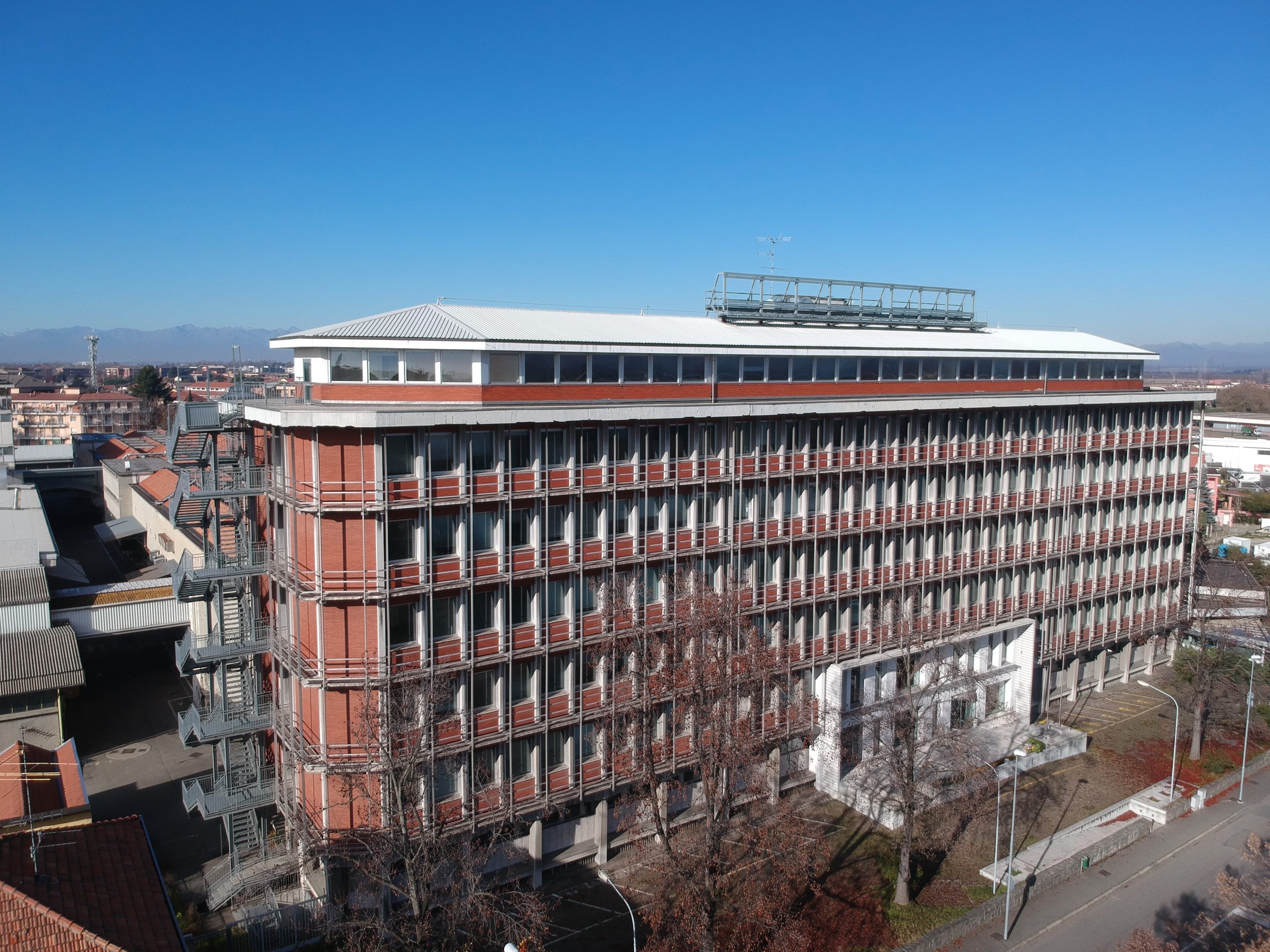
The project for the redevelopment of the DeAgostini industrial complex begins with an in-depth analysis of the urban context of Novara, examining the specific characteristics of the area, highlighting both its challenges and strengths, in order to identify the most suitable activities for this type of development
The project site is located northwest of the city, in a highly visible position at the intersection of major arterial roads on a broad territorial scale and slow-mobility routes serving residential areas. This strategic location naturally positions it as both a connector and an attractor of urban flows. Developed in collaboration with architect Benedetto Camerana, the project addresses the challenge of repurposing disused industrial sites—not only to redefine a more competitive productive framework in relation to the global market, but also to ensure an architectural process that integrates new spatial and technological requirements with buildings that currently appear as empty shells devoid of meaning. The ultimate goal is to transform the building from an ‘immobilized’ resource, whose preservation over time is a necessity, into a strategic tool for value creation.
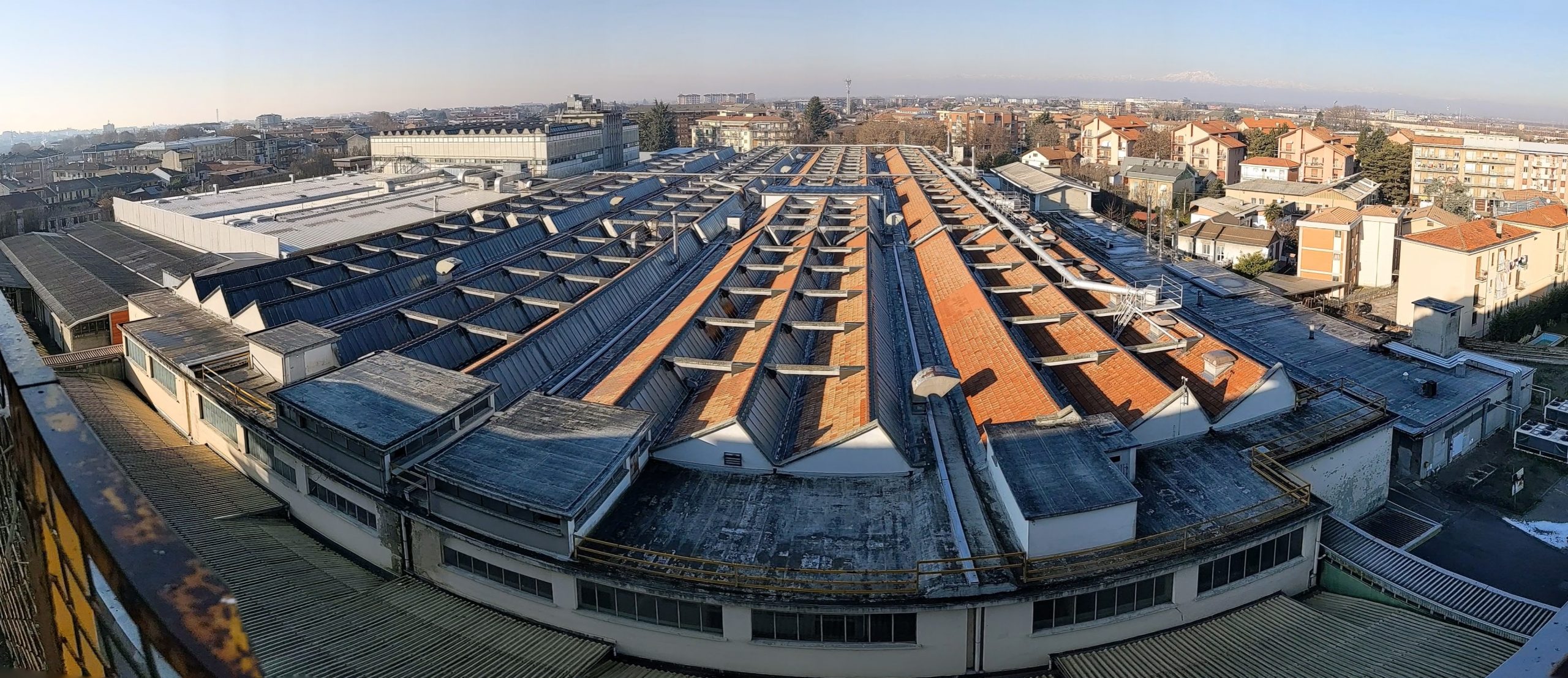
Building on these premises, the ADA project was born — a process that immediately engaged us in research on the area’s potential for development, supported by on-site studies and by identifying tenants interested in becoming part of it. The new spatial functions we envisioned are primarily linked to productive activities, as well as commercial, recreational, residential, and educational spaces. In line with the needs and directives of the Municipality of Novara, the area will also host a newly built Civic Center, conceived as a multifunctional space for the city.
Once the spatial functions had been identified, we initiated the masterplan project, immediately addressing the urban planning aspects while simultaneously beginning to shape the architectural and functional design of the buildings.
Embracing the site’s natural role as a hinge between residential areas and service zones, the project aims to strengthen the network of public spaces and connections through a systematic approach to accessibility and circulation. This strategy not only integrates different modes of mobility but also spatially anchors the area within its broader context. The wall enclosing the entire site will be demolished, allowing the blind and secondary fronts along the perimeter streets to give way to direct views and access onto large social spaces that directly face the buildings.
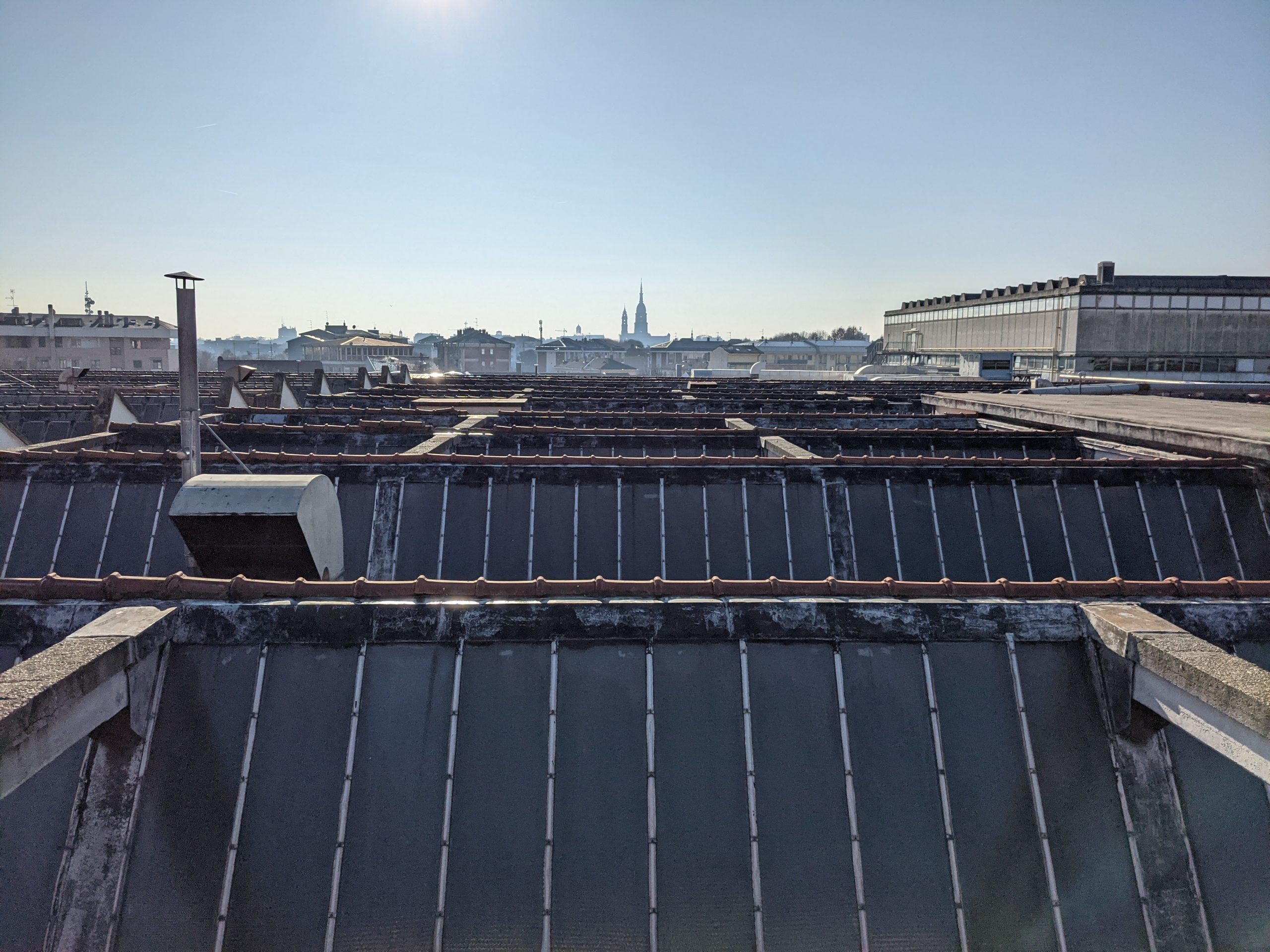
The system of pathways and public spaces within the site is structured around a large square to the east (serving a public and representative role) and a green space connected to the Civic Center to the west (a more intimate area linked to neighborhood services). The site combines ease of access with environmental comfort features, making it an ideal setting for events such as exhibitions and fairs.
In the southeastern corner of the site, directly overlooking Corso della Vittoria, a green area dedicated to the “essences of paper” is planned. On one hand, it serves as a buffer between the square and the street; on the other, it becomes a manifesto of the philosophy guiding the area’s transformation, combining the recovery of its productive memory with a sustainable and environmentally conscious approach.
A fundamental premise of the project is the demolition of existing structures to free up the area, thereby increasing public space. The demolished volumes are then reshaped and redistributed functionally within the site: the built elements become a backdrop and boundary for the space, guiding its use and perception through the interplay of heights, solids, and voids.
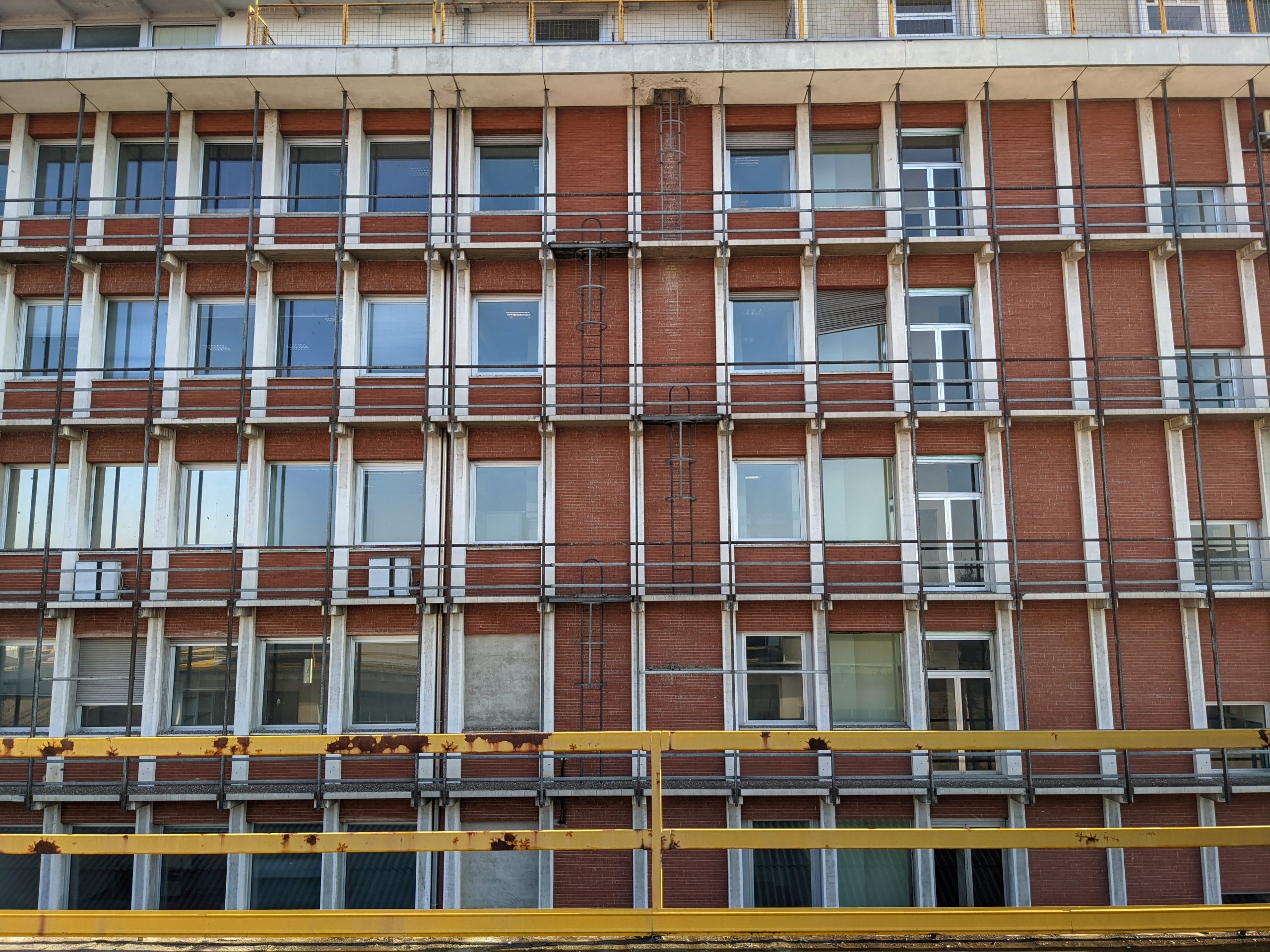
The project preserves only those buildings with intrinsic documentary value—as industrial heritage—and physical quality, characterized by structures and spaces of high functional and architectural merit, in particular the office building and the two main production facilities. Similarly, the warehouses located to the north of the site are repurposed to house the technical systems serving the development.
The former bookbinding building will be raised with a new volume added on top, becoming the focal point of the area.
The new buildings align with the layout of the preserved structures to create continuous façades. In particular, the new building that houses the Civic Center completes the west and east fronts of the main square and the green space, respectively, while the parking silo completes the northwest front, next to the former printing building. The project envisions a space where the technical and artificial language of the polycarbonate façades engages in dialogue with lush vegetation and the sky—a landscape full of evocative qualities, where volumes merge with the atmosphere and recall the play of light over flooded rice fields.
